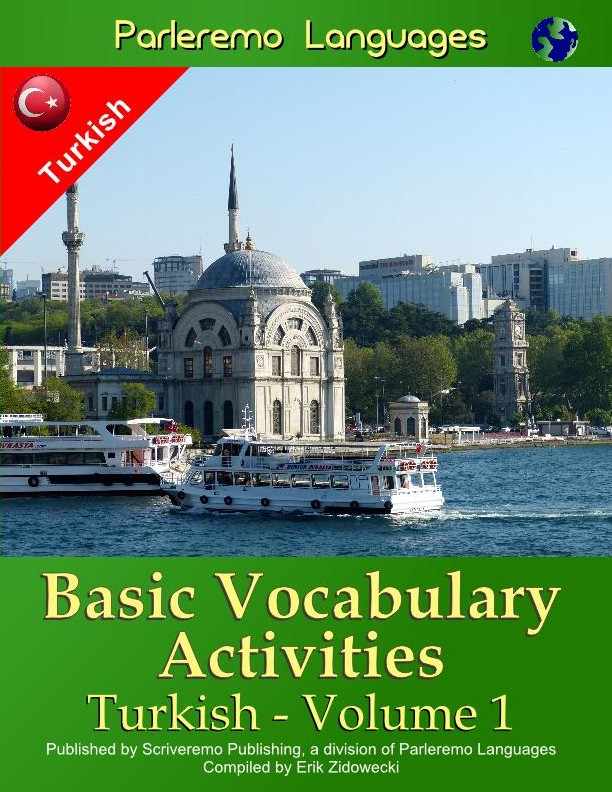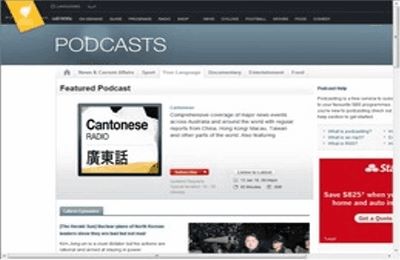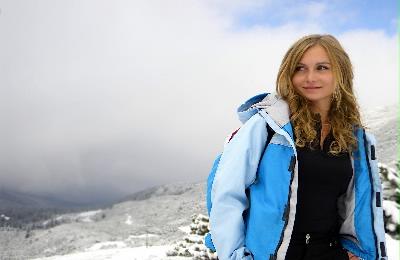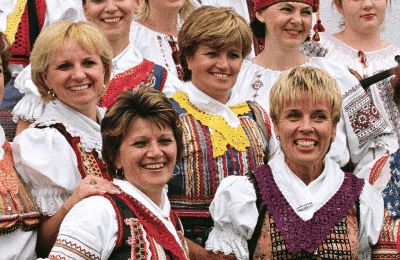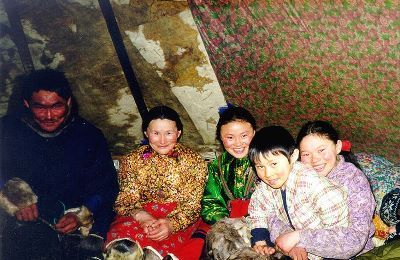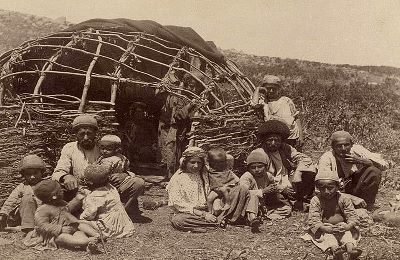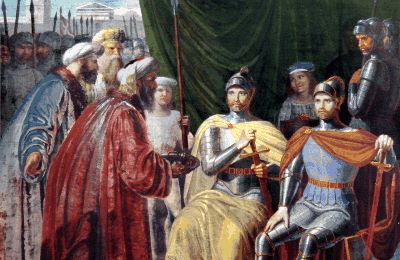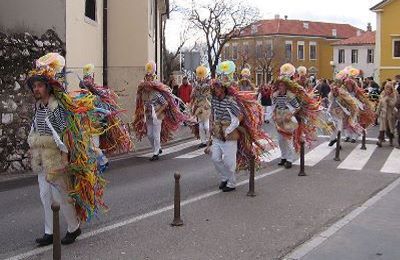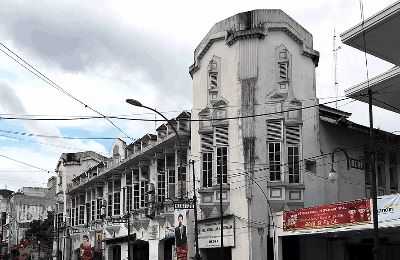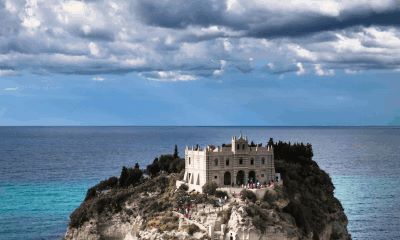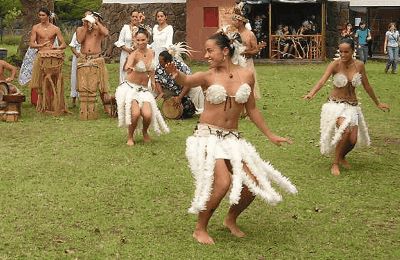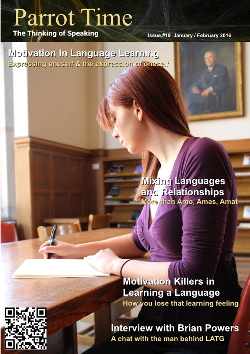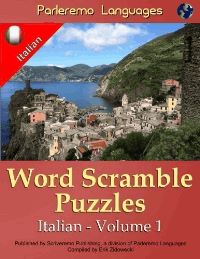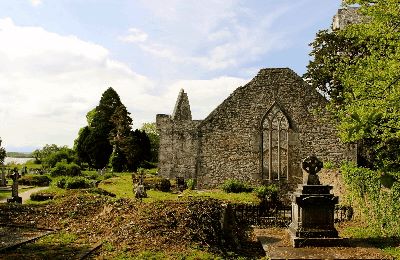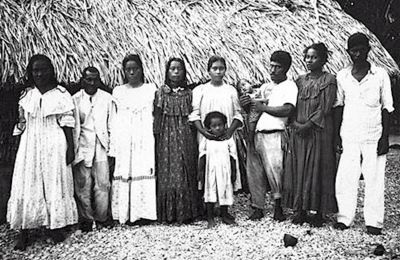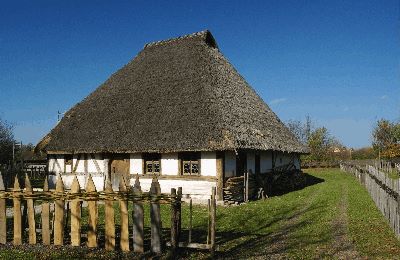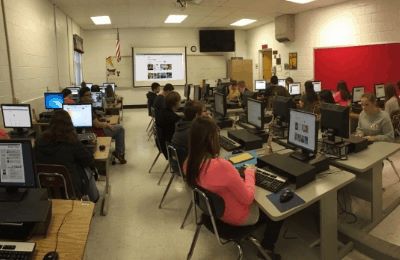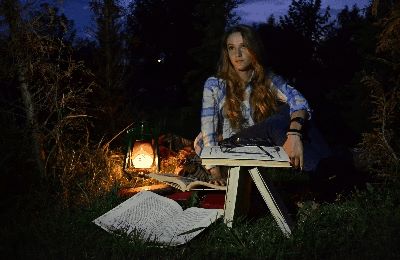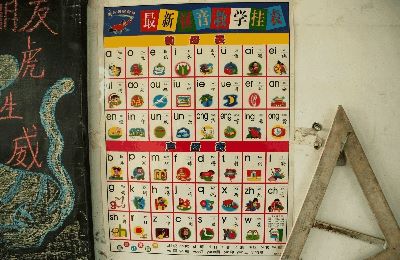Cyprus' Language Revival Approach Problem

|
This article was published by Michael Keil in his blog "The Language Shack" in January, 2016 and is reprinted with his permission. The original post can be found here: The language called "Sanna" in their local dialect, is the Arabic dialect spoken by Cypriot Maronites in Cyprus. Historically, this language had a stronghold in Northwest Cyprus, Kormakiti and three other villages. Between the 9th and 12th centuries, Maronites from Syria and/or Lebanon left the mainland to venture to another land, most likely to escape religious prosecution. The language has evolved its own peculiarities and is distinct from other types of Levantine Arabic. It shares many features with Maltese, in that it borrowed many modern-day terms from the dominating language (Greek), whereas Maltese borrowed from Sicilian Italian. 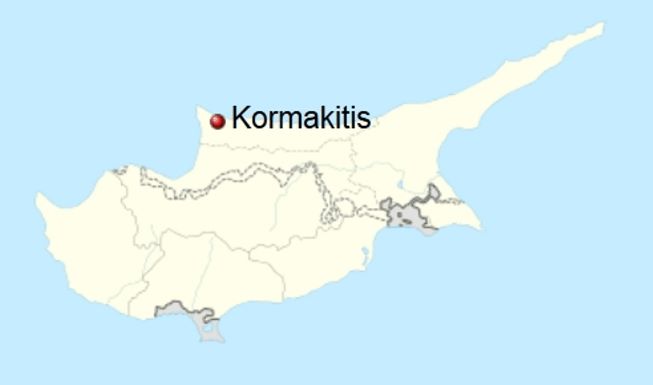 The language has retained many of the original sounds spoken in Classical Arabic. The language still has distinction between the different types of "s", /sˤ/ and /s/, both /tˤ/ and /t/, some of the many guttural sounds /h/ and /x/ and even all the sounds related to /d/, /ð/, and /θ/ (the last two sounds pronounced as "th" in English), respectively. Dialectally speaking, Borg classifies the language as being closest to the Arabic dialects spoken in Aleppo, Syria and Southern Turkey (Borg, 2004). This derived dialect is generally known as Northern Mesopotamian Arabic. Throughout the centuries, CMA continued to have even more change, introducing new sounds such as Greek's "ps", a transformation of the consonant /q/ to /g/. CMA shares some features with other Levantine Arabic dialects in the way that it expresses the present progressive with the preposition "bi", meaning "in, through", followed by the general present tense, e.g. "p-axup-ak" - "in-I love-you". A lot of times in the present progressive tense especially, a /k/ will follow the preposition before the verb, if the main verb stem starts in certain consonants, e.g. "xpa" - "to weep, cry", "p+k+yixpi" - "he is weeping". Historically, the Cypriot Maronites practice a very old form of Christianity, and as a result of that, a lot of the borrowed terms, stem from Aramaic. The environment they live in, isolated from contemporary Arabic dialects paved the way for Cypriot Maronites to continue the use of old Aramaic-derived words. Much of the terminology used from Aramaic, deal with agriculture, religious and household topics. Some examples of this Aramaic influence in CMA are CMA "api" - "thick vegetation", Old Aramaic "abe" - "thick, dense"; CMA "kaes" - "good", Old Aramaic "kayyis" - "sharp, quick-intellect". This lexicon, "kaes"/"kayyis" in contemporary Arabic dialects is "kwayyis" today, the diminutive form of "kaes"/"kayyis" (Borg, 2004) The tragedy happened in 1974, after nearly a thousand years of quietude and a tranquil Maronite life, the Turkish military invades their villages, as well as the whole northern part of Cyprus. The effects from this invasion can still be felt today, as the Turkish army was very reluctant to let anyone visit their families until 2003 (Makris, 2010). The population, which once had as many as 2,000 full-time residents is now only around 100 older speakers, sometimes the population swells up to 5-700 when relatives go back to visit their families. The problems that are affecting this community are the approach they have taken toward making resources available. The fact that there still is no agreed-upon or standardized writing system available, makes the situation more volatile. Most Cypriot Arabic speakers who do write in CMA, use the Latin alphabet, although the CMA grammar book uses only the Greek alphabet for transcribing CMA words. All that is available for learning the language is a 400 page book about CMA/Sanna grammar, 11 newspaper publications and a comparative glossary with other Arabic dialects/Aramaic’s equivalents of the roots provided (Borg, 2004). Although there is an immersion program for young children, funded by the Greek Cyprus government and the UN (Makris, 2010), this is not enough to save the language. 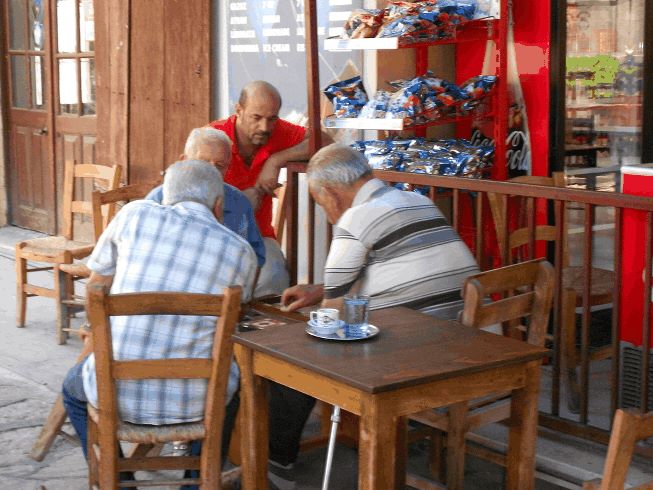 Turkish Cypriot men playing backgammon and drinking coffee Let’s take this scenario, a 14-year old child (whose parents do not speak CMA/Sanna) goes to Sanna immersion camp one summer and is eager to learn the language fluently. Say he understands Greek, so the grammar book isn’t too difficult for him to learn some sentences, words, and basic grammar. However, he wants to learn how to speak the language fluently, and write poetry, so he needs a dictionary. Unless he is a linguist and/or knows the Semitic system of trilateral/quadrilateral roots (e.g. y-s-gh – to hear), he will not be able to look up a word easily in English, or even in Greek for that matter, he’d have to scourge the book for the word he needed or rely on find-and-search methods in a text search on a book reader. On top of that, there are a good amount of Cypriot Maronites living in South Africa, Europe, and the US and the essential materials are only available in Greek. The amount of printed material that is solely written in CMA/Sanna is only 11 publications of "Ash Xabar", some with Greek translations. How can one expect a child to learn the language fluently if the resources needed to learn, to implement the language in the household are all linguist-centered or in a language that they are not familiar with? It is not too late to save this language from complete and utter destruction, there is still a village where it is spoken, and a native speaker aspires to release a CMA-Greek and a CMA-English dictionary, but according to Makris, this was five years ago (Makris, 2010). This is why I have taken it upon myself to do what I possibly can and save this language. I have contacted the Maronite press to talk to them about publishing more newspapers, and an elder reached out to me. Although it’ll be painstakingly hard to implement schools that teach all subjects in CMA/Sanna, it will be possible to at least computationally bring their language to the forefront and increase expression, and written material in the language. I hope that I can build a English<–>CMA dictionary with audio for each entry, providing easy access for any speaker of English, an annotated corpus with words marked for grammar particles, and a speech-to-text system that would help them bring Sanna into the 21st century. My name is Michael Keil, and I currently reside in Raleigh NC. I work in the IT field doing software testing by day, and am persuing a degree in Linguistics and Computational Linguistics in the evenings. In my spare time I enjoy doing linguistics projects and research. Computational linguistics, revitalizing and reconstructing languages are my areas of interest. Currently, I am undergoing a project to gather more resources of Cypriot Arabic conversation and newspapers. Enough of these resources will allow for a machine learning project that predicts what the part-of-speech of any Cypriot Arabic word or grammar construct would be in any text fed to the machine. For more information about these projects and what they will be, please visit thelanguageshack.com. |
| Languages in Peril - Cyprus' Language Revival Approach Problem | ||||||
| Writer: | Michael Keil | |||||
| Images: | ||||||
| ||||||
| Sources: | ||||||
| ||||||
All images are Copyright - CC BY-SA (Creative Commons Share Alike) by their respective owners, except for Petey, which is Public Domain (PD) or unless otherwise noted.
|
Searching for language resources? Find entertaining and educational books for learning a language at Scriveremo Publishing. Just click the link below to find learning books for more than 30 languages!
| |
comments powered by Disqus
